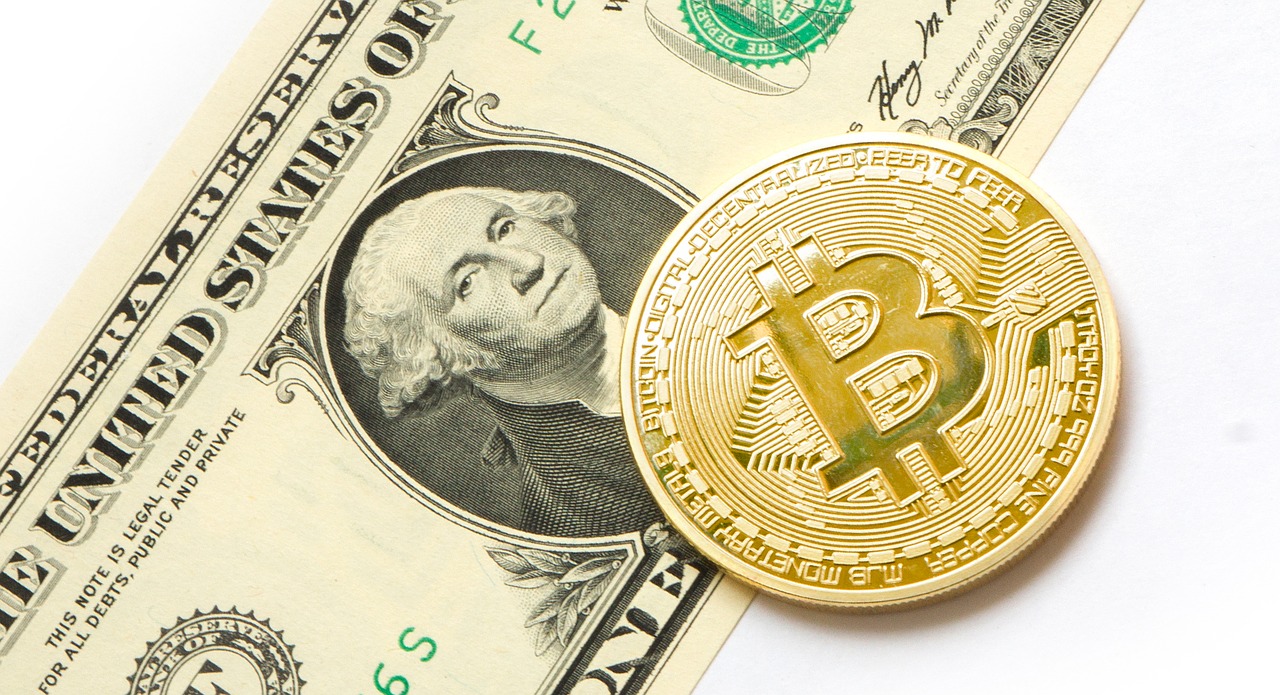Bitcoin News: Whales Are Buying the Dip While Retail Traders Panic
The drop from $126,000 to near $105,000, they argue, may be the final shakeout before the market’s next breakout phase.
Market strategist Shanaka Anslem Perera has been tracking Bitcoin’s on-chain data and says what’s happening beneath the surface looks strikingly familiar. During Bitcoin’s collapse, large holders – wallets containing between 1,000 and 10,000 BTC – have steadily increased their balances. “It’s the same playbook as 2020,” he said, referring to the period when Bitcoin hovered around $12,000 before a six-month, 170% rally.
Fear on the Surface, Accumulation Underneath
Retail traders are calling it a bear market, but institutional wallets tell a different story. Perera describes this as “the phase of quiet conviction,” when smart money accumulates while sentiment remains bleak. He pointed to data from Glassnode showing steady inflows to large addresses throughout October – even as Bitcoin slipped more than 15%.
One of the strongest signals, according to Perera, is Bitcoin’s MVRV Z-Score – a metric comparing current prices to historical fair value. With the indicator now around 2.15, it sits within what he calls “the pain zone,” an area that has consistently preceded long-term recoveries. “Below 2 is where discomfort meets opportunity,” he explained.
Echoes of Past Market Bottoms
The analyst draws parallels between today’s setup and several previous cycle lows, including the 2018 bottom near $3,000 and the 2020 pre-halving lull. Each was marked by despair and exhaustion – followed by aggressive accumulation and explosive rallies.
READ MORE:

U.S. Bank Troubles Return – And Bitcoin May Be the First to Sense What’s Coming
Perera also believes macro events could accelerate the turnaround. He noted that the current U.S. government shutdown might replay the same dynamic that triggered Bitcoin’s 2018 recovery. “Capitulation isn’t the end,” he said. “It’s the ignition point.”
Key Levels and Institutional Pressure
According to technical analysts, the $106,000–$107,000 range remains the line in the sand. Axel Adler considers it the strongest support zone of this cycle, while 21Shares strategist Matt Mena projects that a sustained hold above it could fuel a climb toward $150,000 by year-end.
ETF-driven demand adds another layer of support. With institutional inflows now outpacing new Bitcoin issuance, Perera says the market is “structurally tighter” than at any point in previous cycles. JPMorgan’s valuation model estimates Bitcoin’s fair value near $165,000 – a target consistent with Perera’s upper range projection.
The Calm Before the Rally
“Every bottom looks identical in hindsight,” Perera reflected. “People despair, headlines scream collapse, and whales accumulate.” For him, this cycle’s defining emotion isn’t fear, but exhaustion – the moment that historically signals the end of selling pressure.
Whether Bitcoin can hold the $100,000 level will determine how soon that next leg begins. But to Perera, one thing is already clear: “Smart money isn’t waiting for confidence to return. It’s already buying.”
The information provided in this article is for educational purposes only and does not constitute financial, investment, or trading advice. Coindoo.com does not endorse or recommend any specific investment strategy or cryptocurrency. Always conduct your own research and consult with a licensed financial advisor before making any investment decisions.
The post Bitcoin News: Whales Are Buying the Dip While Retail Traders Panic appeared first on Coindoo.
You May Also Like

Polygon Tops RWA Rankings With $1.1B in Tokenized Assets

7 Cloud Mining Platforms Worth Considering: A Data-Driven Look at Legitimacy, Profitability & Risk

